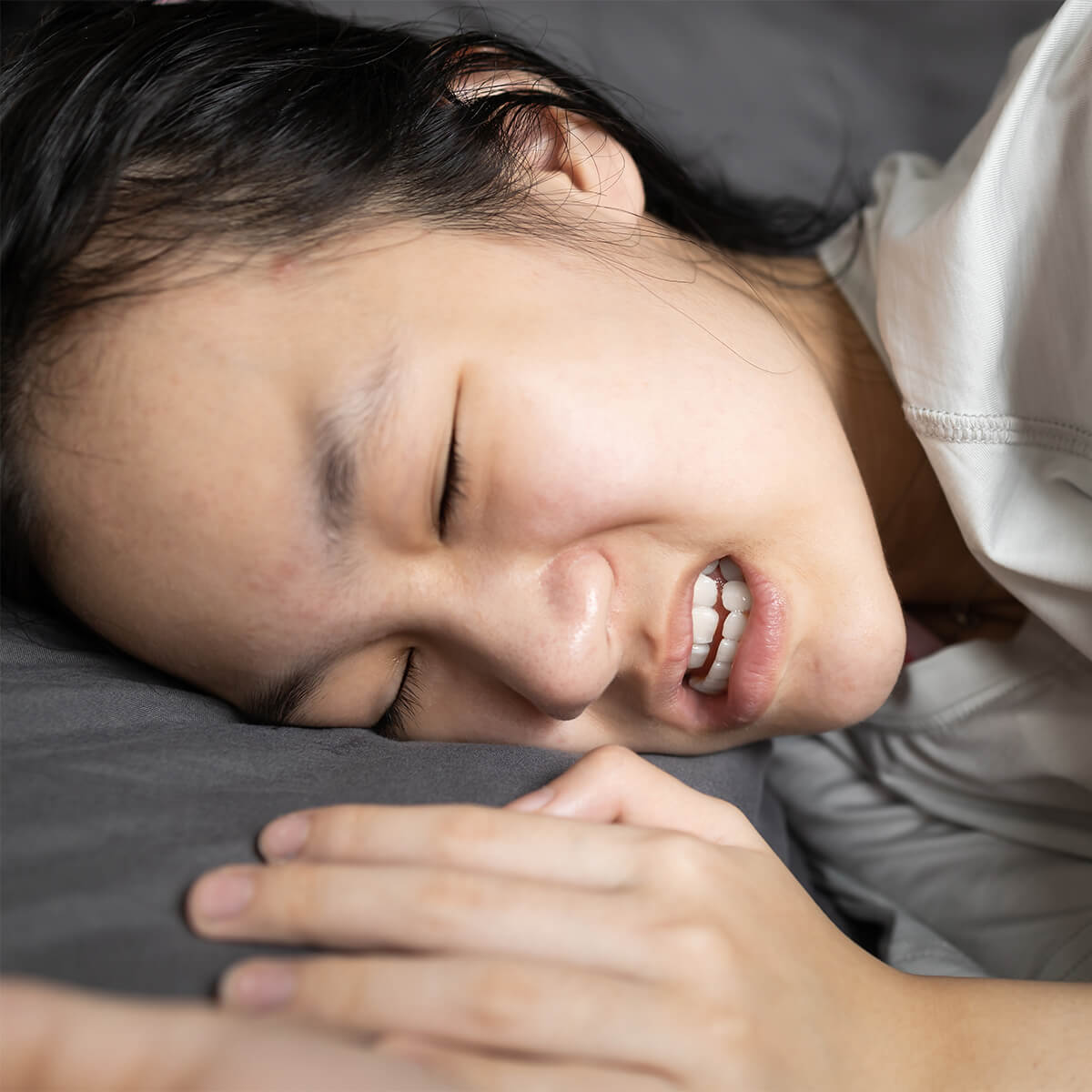Botox® eases TMJ pain and complications of chronic teeth grinding
At Hyde Park Dentistry in London, Ontario, we know that you are more than your teeth and gums. So, as providers of exceptional dental care, our team, led by Dr. Marjan Moaveni, provides more than services to protect, maintain, and treat conditions affecting the teeth and periodontal (gummy) tissues. This big-picture, comprehensive approach results in treatments and services that you can’t find at other “general dentist” offices. Notably, we support the overall wellbeing of patients grappling with a common yet often elusive condition: Temporomandibular Joint Disorders or Dysfunction (TMJD). Our multi-faceted approach to effective therapy includes Botox®.
Botox® for TMJDs
TMJDs are characterized by a wide range of disruptive to debilitating symptoms. These symptoms include:
- Chronic migraines
- Facial and neck pain
- Tinnitus (ringing of the ears)
- Jaw stiffness that limits mobility and interferes with comfortable, healthy eating and other basic functions.
Now, you may know Botox® primarily for its wrinkle-reducing powers; however, this common and well-established injectable treatment is actually rooted in medical conditions. In fact, Botox® originated as a non-surgical alternative to treat crossed eyes, a condition known as “strabismus.” It has since evolved to treat many other disorders, from eyelid and bladder spasms to hyperhidrosis (severe sweating).
Botox® in dentistry
As a TMJD treatment, Botox® gets to the root of the problem to provide effective (and lasting) pain and symptom relief. TMJ symptoms arise when the Temporomandibular Joints on either side of the face become overly stressed. The joints act as hinges to connect the jaws to the skull and to facilitate healthy movements. When the joints become stressed, everyday functions such as opening and closing the mouth can become quite painful. Affected patients also have a limited range of motion, which interferes with basic behaviours needed to stay healthy; for instance, nutrition suffers when patients can’t chew food comfortably. The joints may become stressed due to habits such as teeth grinding (bruxism).
In Dr. Moaveni’s skilled hands, Botox® is applied to targeted areas. As with its cosmetic counterpart, Botox® for TMJ symptoms relaxes the treated muscles. The idea behind TMJD therapy is to ease the stress on the joints and interconnected tissues. So, in relaxing the muscles, this well-oiled system gets a “break.” This process reduces the pain and decreases the frequency and severity of other jaw stiffness and other symptoms. In addition, patients with bruxism enjoy a cosmetic benefit from Botox®.
Chronic teeth-grinding can overwork the masseter or chewing muscles. Overly bulked-up muscles can alter the shape and appearance of the face, resulting in a boxy-looking and “heavy” lower jaw that detracts from attractive balance and proportions.
The power of Botox® at the dentist’s office
Patients benefit from Dr. Moaveni’s extensive experience and knowledge of facial anatomy and function. Rest assured that just the right amount of Botox® is injected into the precise areas. This characteristic results in highly targeted therapy.
Schedule your appointment at our London office today. Call 226-271-2522. During your visit, Dr. Marjan Moaveni will discuss if Botox® is appropriate for you, or he may recommend any number of other therapies. If Botox® is ideal, it provides temporary relief and resolution of TMJDs and bruxism-related complications. So, we will also discuss maintenance or touch-up treatments to support long-term healthy function and comfort. Botox® presents a well-established, safe, non-invasive, and low-risk alternative to surgical treatments.


